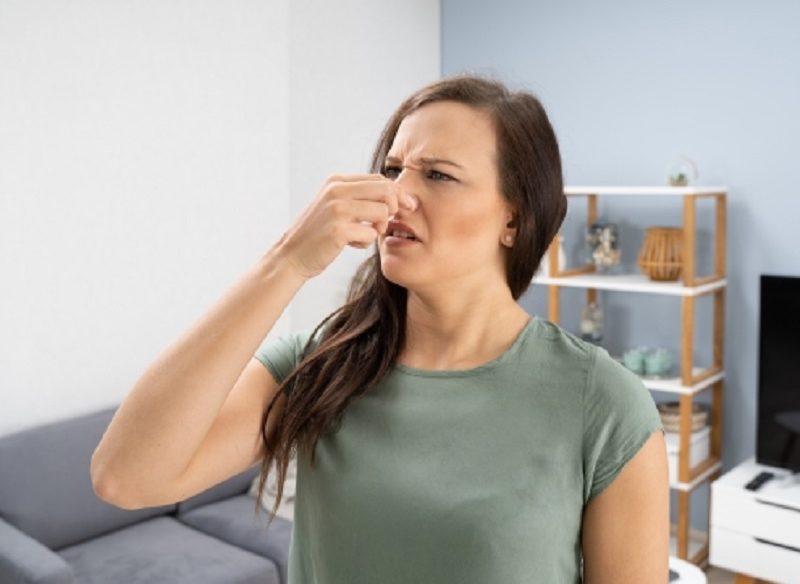VOC stands for Volatile Organic Compound which are compounds that are gases at room temperature. They have a low boiling point – which is why they are called volatile. There are more than 1700 VOCs but some of the most common ones are acetone, benzene, butanal, formaldehyde and xylene. While they can be found indoors and outdoors, VOCs can be an issue when they are found in concentrated amounts indoors.
VOCs are all around us – they can be found in paint and varnishes, adhesives, carpets and pressed wood composites. They can also come from the cleaners and disinfectants you use in your home. Office and craft supplies are common sources. Even air fresheners, colognes and deodorants can contain VOCs. Other common sources are smoke (from both cigarettes and wood burning stoves), dry cleaning fluids and gasoline.
VOCs have varying degrees of toxicity. Their impact on your health may also be influenced by the length of exposure – whether it is short term or chronic. The effects can be mild: irritation of the eyes, nose or throat, headaches and dizziness. But they can also include more serious conditions including organ damage and even cancer in extreme cases.
In future posts we will look at how you can reduce your exposure to VOCs and how to test for them if you are concerned about your environment.

